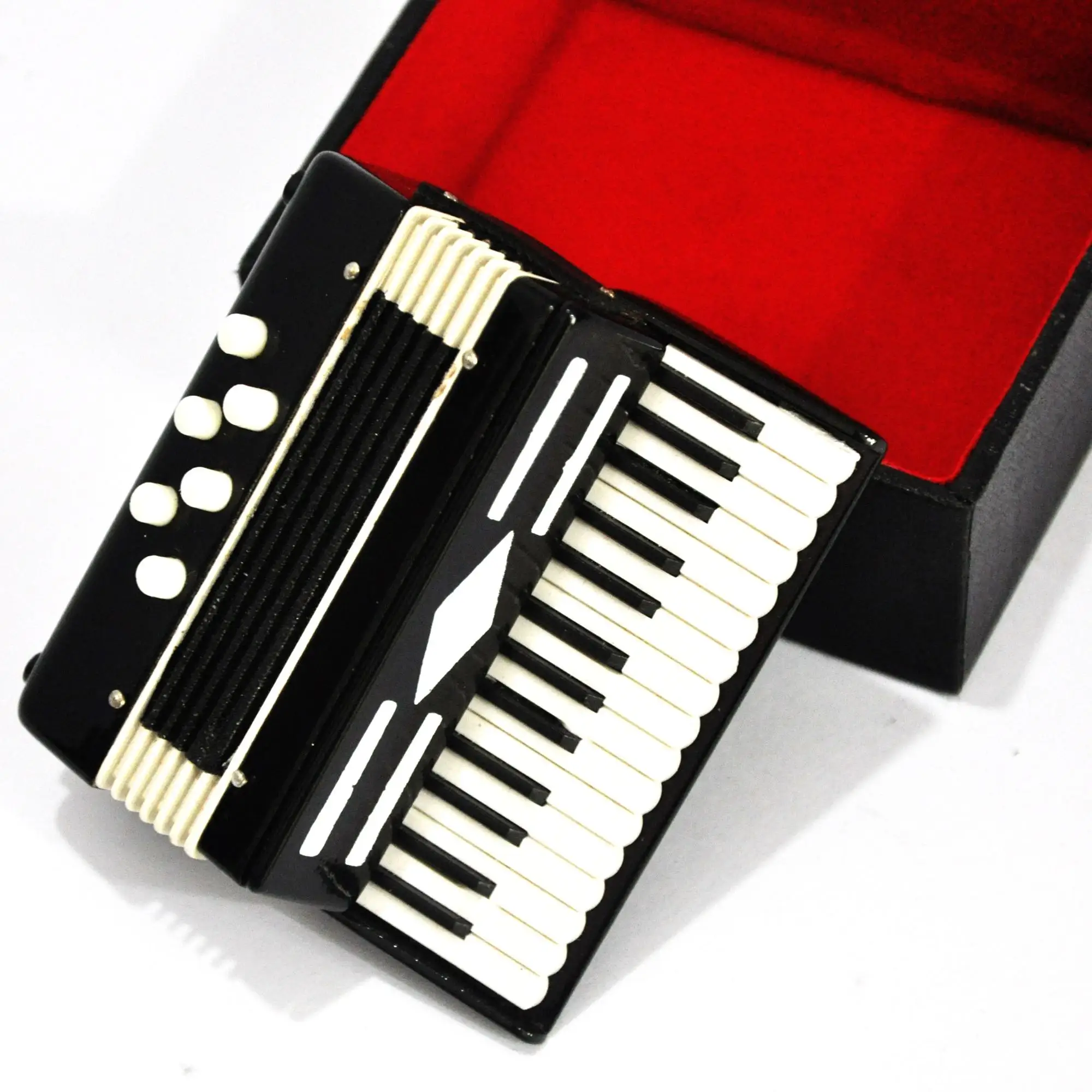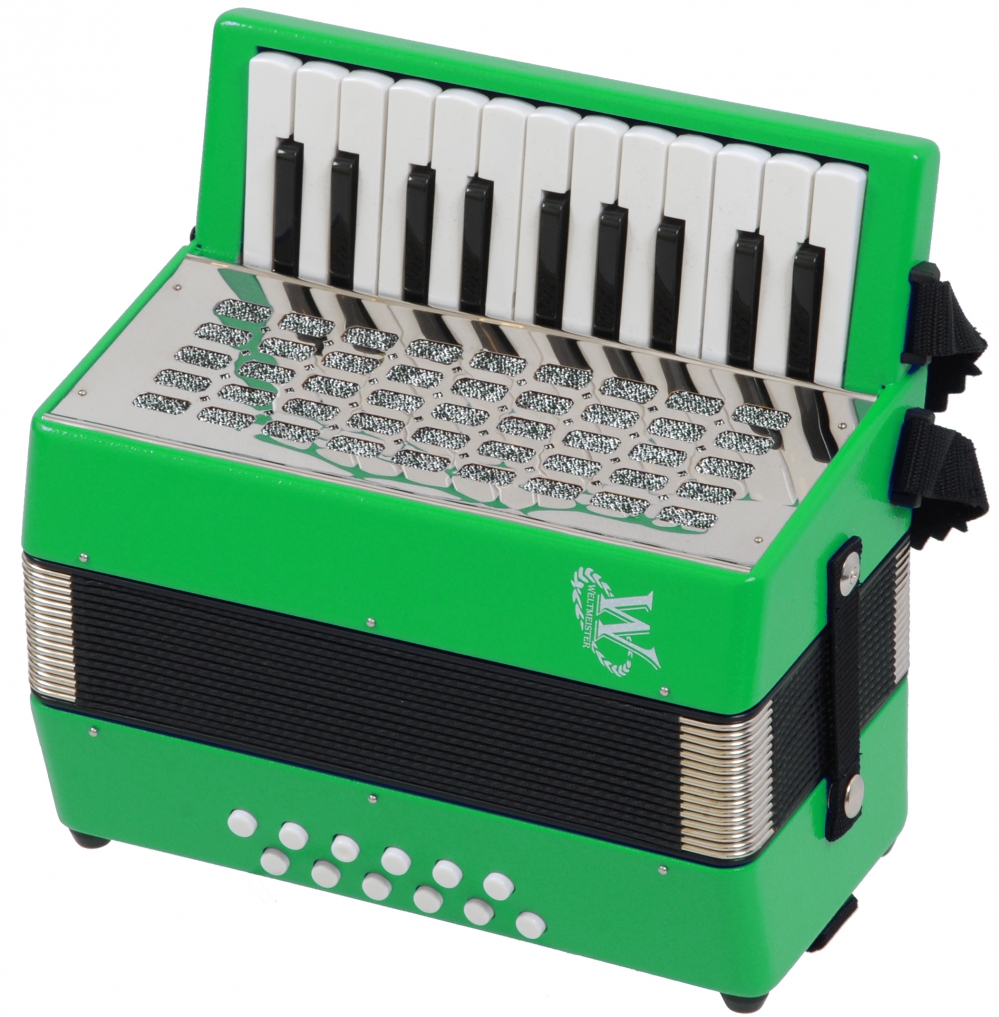

Piano accordions are perhaps the most well-known accordion system and are often the choice of pianists and organists who enjoy the familiarity of the piano-style keyboard. Piano Accordions Try this: Hohner Bravo III 72 bass accordion Scottish legend Sir Jimmy Shand popularized the British Chromatic button accordion. Broadly speaking, concertinas fall into two categories: bisonoric models produce different notes depending on whether the bellows are pressed or drawn unisonoric concertinas play the same note on the press and draw Button Accordions Try This: Planet Squeezebox 3-Row button accordionīutton accordions come in a variety of styles and configurations, although all devote buttons on one side to single notes and on the other to bass and chords. There are quite a few concertina systems in addition to Anglo-German, English, Chemnitzer, and Bandonion concertinas. The first two rows play single notes the next four rows offer major, minor, seventh, and diminished chords, in that order. In the Stradella bass layout, columns are arranged according to the Circle of Fifths, each column a fifth higher than the one next to it. Standard accordions have 120 bass, although some models employ 72 bass in 12 rows of six columns. Perhaps the most tricky aspect of learning to play accordion is getting used to the bass layout. Anglo-German concertinas are used in traditional Irish as well as English folk music English concertinas are more popular with Scottish and American folk musicians German concertinas, also called Chemnitzer concertinas, are played in the American Midwest and there is also the Bandonion, an instrument used in Argentinean folk music. There are several concertina systems, with somewhat misleading names if you consider the folk music traditions in which they are played.

Others arrange buttons in the chromatic scale (like the arrangement of a piano’s white and black keys together). Melody notes on some button accordions use a diatonic scale (notes arranged in the order of a piano’s white keys). But there also are accordions that use only buttons, such as those used in klezmer music. As its name suggests, piano accordions make music with both a piano-style keyboard and bass. Perhaps the most familiar accordion system is the piano accordion, common to polka and other European music, and, more recently, zydeco, country, and rock. Choosing which one is right for you depends on the style of music you wish to play. These early attempts were given exotic names, such as the aeoline, the hand physhamonika, and the flutina.īoth instruments are available in several systems.
Mini accordion free#
These inventions were the culmination of years of tinkering by European instrument makers trying to perfect the basic principle of a handheld instrument that blows air over free reeds (reeds that do not beat against another surface) by means of a bellows. A little later, both German Carl Friedrich Uhlig (1834) and Englishman Sir Charles Wheatstone (1844) patented the concertina. The first patent for an instrument called an “accordion” was filed in 1829 by Cyrill Demian in Vienna, Austria. Another difference is that most accordions have bass capable of playing an entire chord, whereas concertina buttons play one note at a time. Accordion buttons, called “bass,” are pushed perpendicular to the bellows. Concertina buttons are pushed into the instruments, traveling in the same direction as the bellows. The most obvious is the way the buttons are played. Shop skirts.Although similar in principle, there are several internal and external differences between concertinas and accordions. Making a statement without sacrificing ease of movement - we're into it. Same goes for a pleated midi skirt and a long pleated skirt. They allow for tons of expansion and movement, so a pleated mini skirt is a cute way to get the mini look without a fit that's too tight. Pleats are small, repeating folds - think accordion style. Pleated skirts we love for their feminine, ballerina-esque energy and comfortable fit. And let's not forget maxi skirts, the perfect summertime accessory (a close tie with an iced coffee). The midi skirt was downright scandalous in the 1920s, in the post-war Coco Chanel era.

Consider the midi skirt to be the more modest cousin of the mini skirt, although it didn’t start out that way. Then there's the midi, which hits above the ankle and below the knee - not too long and not too short. The denim mini skirt is a take on blue jeans, and usually has five pocket styling and a zipper fly. Now, you can get a mini skirt in pretty much every colour and fabric. The term "mini skirt" was coined in the '60s, when thigh-length skirts started trending for the first time. There's a lot to say about skirts so let's start with the mini.


 0 kommentar(er)
0 kommentar(er)
